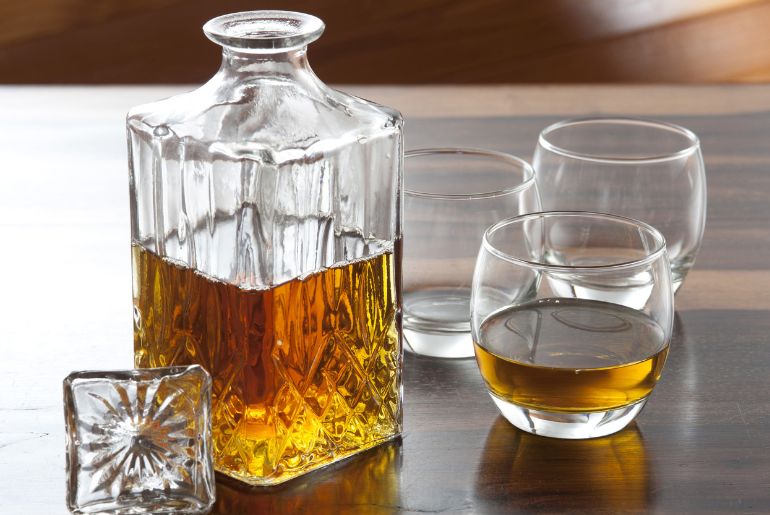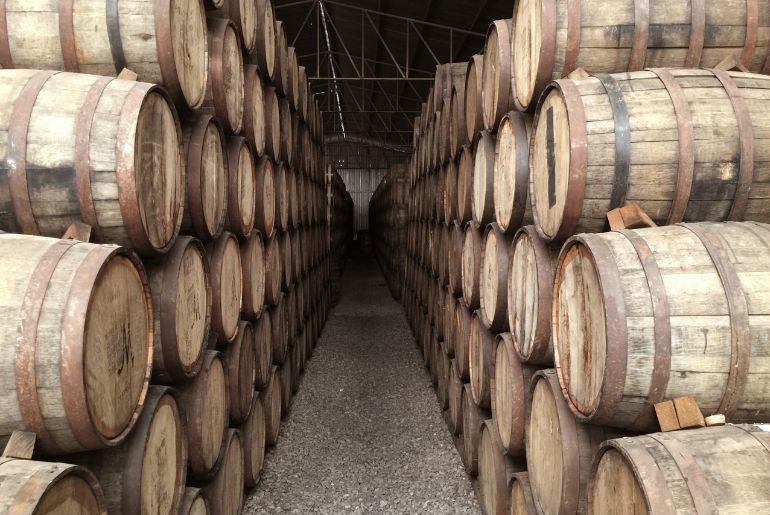Ever wonder how whisky’s made? Well we’re telling you how
Published by Curly Tales

With the rise in the availability of Indian and international whisky brands, a new generation of whisky enthusiasts has emerged. Still standing tall, it is a beloved beverage. While we love our liquor, very little goes into understanding how it is made and crafted. For reasons like this, there’s a Bengaluru-based club called, Single Malt Amateur Club that holds discussions, calling all whisky aficionados from near and far. In one of their online learning sessions, founder Hemanth Rao discusses the beginner’s guide to whisky production. Here is how it goes:
Step 1: Malting

Credits: Unsplash
The first step in making whiskey is to prepare the grains for fermentation. Typically, barley used is soaked in water to begin germination. Then, it is dried naturally using a fan or by a peat fire. This step converts the starches in the grain into sugars. Remember, the heavier the char, the smoother the whisky!
Step 2: Mashing
The malted grains are then ground into a coarse flour, known as grist, which is mixed with hot water in a large vessel called a Mash Tun (usually made of steel). The barley is further mashed in the mash tun. This mixture is left to steep for several hours to create a sugary liquid called wort.
Step 3: Fermentation
The wort is now whisky in its nascent form. The wort is transferred to a fermentation vessel, where yeast is added. The container is called ‘Washback’. The yeast consumes the sugars in the wort and produces alcohol and foam. The fermentation process takes several days and creates a liquid called wash, which has an alcohol content of around 5-10%.

Credits: Unsplash
Step 4: Distillation
The wash is then transferred to a still, which is a large copper vessel because copper takes out all the harmful chemicals. It goes into ‘Wash Stills’ to separate yeast and water from the spirit. The alcohol vaporises and rises to the top of the still, where it is condensed and collected as a high-proof liquid. The distillate from the Wash Still goes into a ‘Spirit Still’. This separates the usable liquid from the Spirit Still for maturation and sends the rest back for re-distillation. They use a ‘Spirit Safe’ to separate usable liquid and the liquid that needs to be re-distilled.
Also Read: How Many Of These 7 Best Indian Single Malt Whisky Brands Have You Tried?
The final step in making whisky is to age it in oak barrels for several years. The type of barrel used and the length of maturation time can significantly impact the flavour of the final product. During the maturation process, the whisky absorbs flavour and colour from the wood, as well as develops complex flavours.
Now that you know how whisky is made, why not pour yourself a glass and enjoy the smooth flavours? Cheers!
Written by Tejashee Kashyap

Add Comment